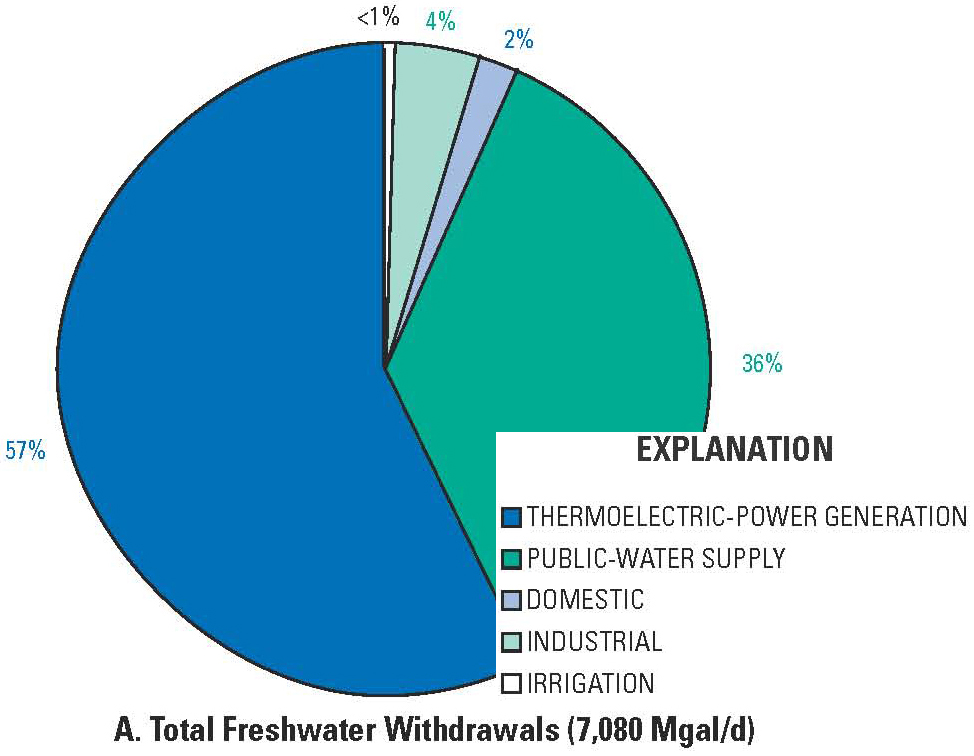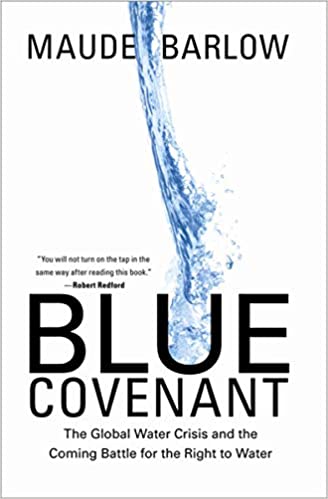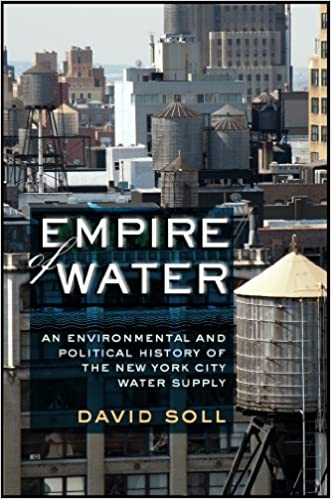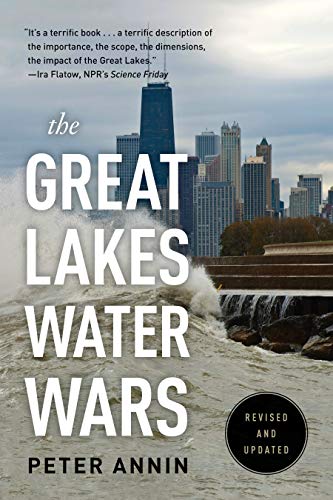
August 15, 2013Will 12 NY Power Plants Get Permits this Year for 111% of NY's Total Fresh Water Usage?Under the permitting schedule adopted by the New York State Department of Environmental Conservation (DEC) for issuing water withdrawal permits pursuant to the DEC's new water withdrawal regulations, water users that withdraw or are designed to withdraw 100 million gallons per day (MPD) or more are required to apply for permits this year. See Table 1 below. Twenty water users in the state have a maximum daily usage above this threshold. See Table 2 below. Two of these top 20 users are hydropower facilities that are exempt from the permitting requirements. Two other top 20 users are public water supplies that are grandfathered under existing permits. In addition, four of the top 20 users are using a combined 3.2 billion gallons per day (BGD) of water from New York harbor which is not fresh water. The total freshwater maximum usage of the remaining 12 facilities required to obtain permits this year, each of which is a power generating station, is almost 7.9 BGD. (The amount was determined by adding the maximum daily usages of the facilities shown in bold in Table 2 below.) A comparison of this amount with New York State's total fresh water usage of 7.1 BGD as determined by USGS for 2000, the last year for which I could find data, shows that the maximum daily usage of these facilities is 111% of New York's total daily freshwater usage. |
| June 1, 2013 | Systems that withdraw or are designed to withdraw a volume of 100 million gallons per day (mgd) or more |
| Feb. 15, 2014 | Systems that withdraw or are designed to withdraw a volume equal to or greater than 10 mgd but less than 100 mgd |
| Feb. 15, 2015 | Systems that withdraw or are designed to withdraw a volume equal to or greater than 2 mgd but less than 10 mgd |
| Feb. 15, 2016 | Systems that withdraw or are designed to withdraw a volume equal to or greater than 0.5 mgd but less than 2 mgd |
| Feb. 15, 2017 | Systems that withdraw or are designed to withdraw a volume equal to or greater than 0.1 but less than 0.5 mgd |
Source: 6 NYCRR 601.7(2) lists the dates by which a complete application for an initial permit must be submitted.
Table 2. 2012 Registered Water Users with Maximum Usage over 100 MGD
| Facility Name | Town/City | County | Ave. Daily Use | Units | Max. Daily Use | Units |
| St. Lawrence/ FDR Power Project* | Massena | St.Lawrence | 79278 | MGD | 108686 | MGD |
| Niagara Power Project* | Lewiston | Niagara | 47463 | MGD | 62164 | MGD |
| Indian Point 2&3 | Cortlandt | Westchester | 2024 | MGD | 2489 | MGD |
| New York City DEP** | Neversink | Sullivan | 1078 | MGD | 1418 | MGD |
| Fitzpatrick Nuclear Power Plant | Scriba | Oswego | 543 | MGD | 596 | MGD |
| Ravenswood Generating Station*** | Queens | Queens | 513 | MGD | 1390 | MGD |
| Arthur Kill Generating Station*** | Richmond | Richmond | 480 | MGD | 713 | MGD |
| Astoria Generating Station*** | Queens | Queens | 456 | MGD | 724 | MGD |
| RE Ginna Nuclear Power Plant | Ontario | Wayne | 427 | MGD | 511 | MGD |
| Nine Mile Point Nuclear Station | Scriba | Oswego | 401 | MGD | 457 | MGD |
| Roseton Generating Station | Newburgh | Orange | 341 | MGD | 794 | MGD |
| Dunkirk Generating Station | Dunkirk | Chautauqua | 304 | MGD | |
|
| Danskammer Generating | Newburgh | Orange | 279 | MGD | 455 | MGD |
| East River Generating Station*** | New York | New York | 264 | MGD | 372 | MGD |
| Somerset**** | Somerset | Niagara | 239 | MGD | 274 | MGD |
| Cayuga | Lansing | Tompkins | 214 | MGD | 243 | MGD |
| Huntley Generating Station | Tonawanda | Erie | 200 | MGD | 406 | MGD |
| Oswego Harbor Power | Oswego | Oswego | 168 | MGD | 364 | MGD |
| Genon Bowline | Haverstraw | Rockland | 75 | MGD | 989 | MGD |
| Monroe County Water Authority-Shoremont** | Greece | Monroe | 55 | MGD | 109 | MGD |
Source: Response to FOIL request to DEC, received March 27, 2013. Users that are
not exempt or grandfathered are required to submit applications in 2013. Facilities
in bold are required to apply for withdrawal permits this year and are using fresh
water.
* Hydropower facilities are exempt from the water permitting requirements.
**Public water suppliers with existing permits are grandfathered under the regulations.
***Facilities that use water from New York harbor, including three using the East
River, a tidal strait. The usage of these facilities has been excluded from the calculation
of fresh
water
usage.
****Wikipedia reports that this plant was closed in 2010, although it appears on
the list of currently registered water users provided by the DEC in March 2013.
Posted by Rachel Treichler on 08/15/13 4:30 PM. Updated 08/16/13.
Copyright 2021, Rachel Treichler







